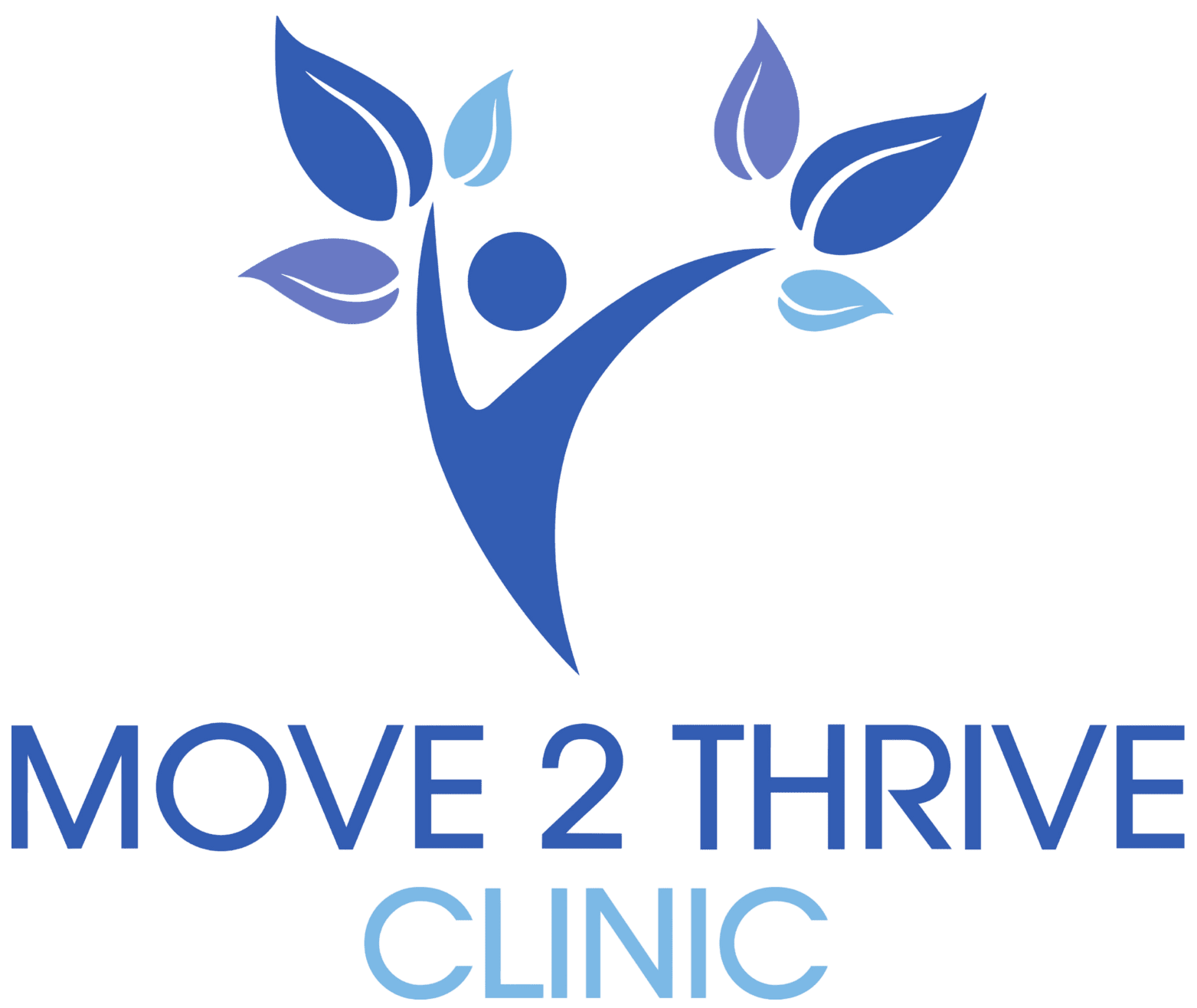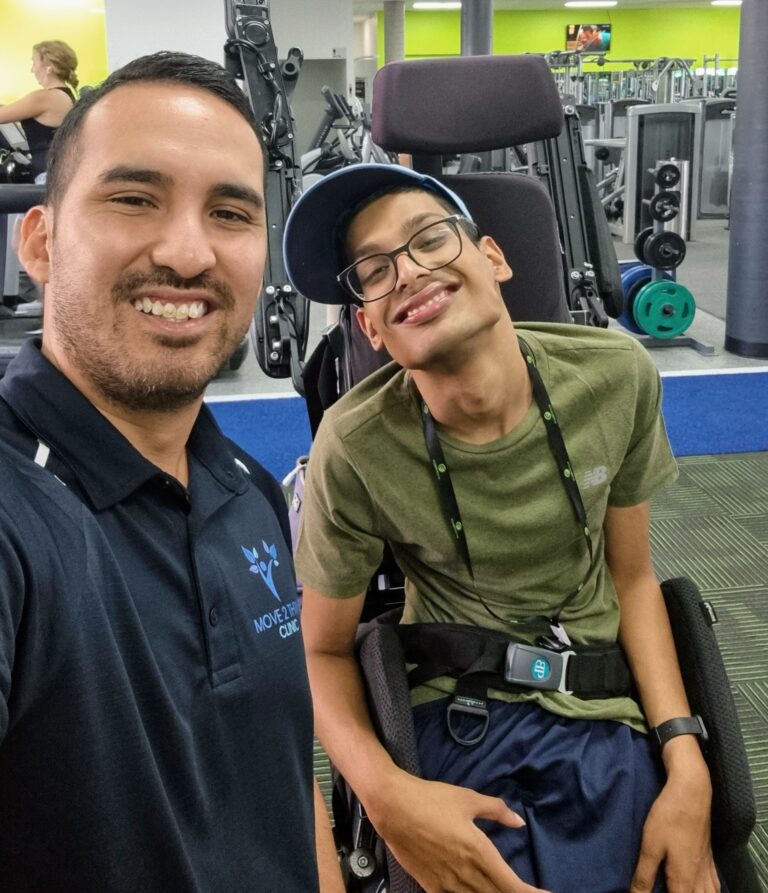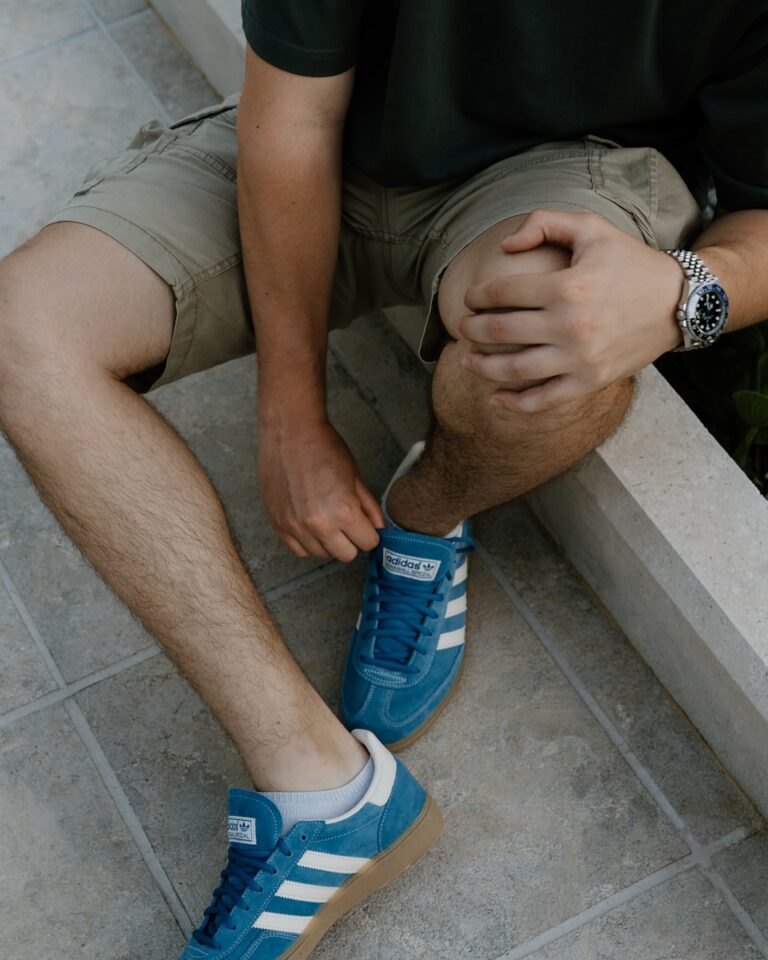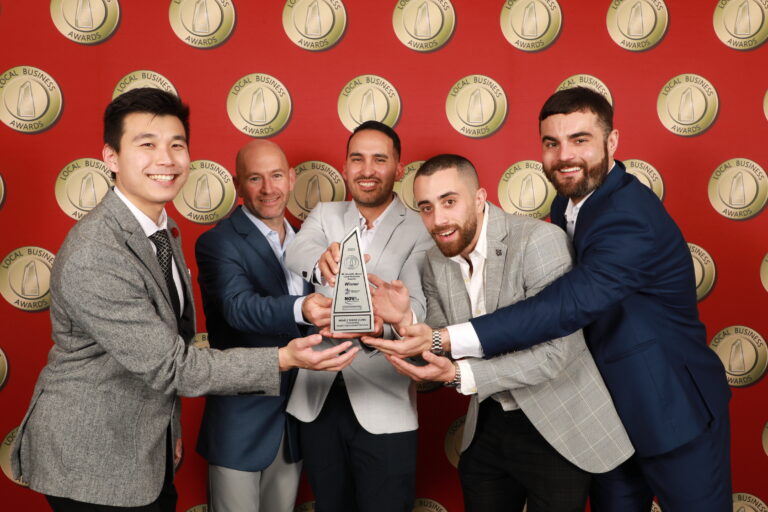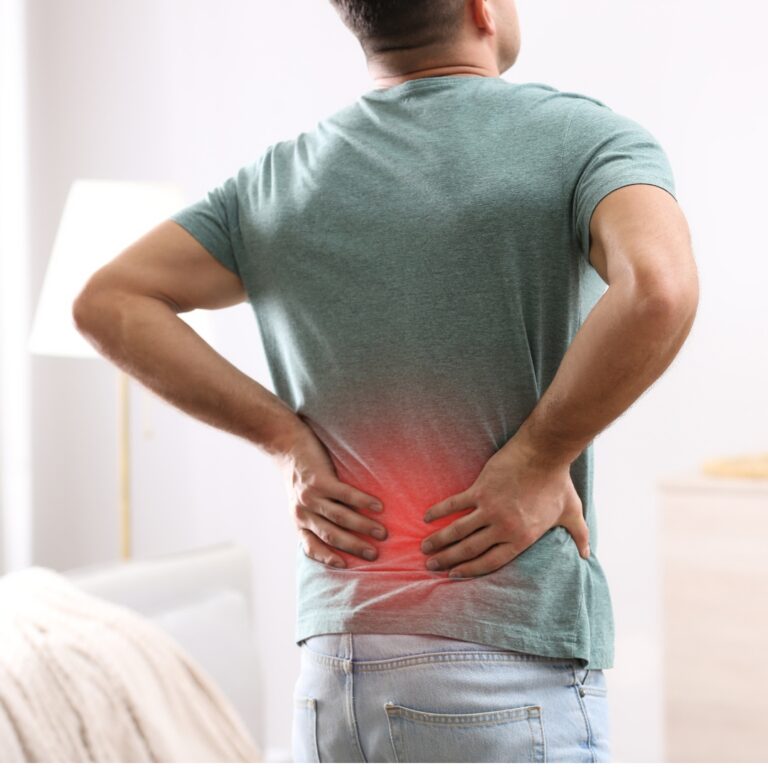🧠 Life After Stroke: What Happens Next?
For many stroke survivors, the moment of discharge from hospital feels both hopeful and daunting. You’re stable—but what now?
You may still be grappling with:
-
Fatigue that hits harder than expected
-
Difficulty walking, using stairs or lifting your arm
-
Fear of falling or feeling unsafe at home
-
Loss of strength, independence or self-identity
-
Frustration at how slow progress feels
These challenges are common—and valid. Recovery takes time. But the right support can make all the difference.
That’s where stroke rehab through Exercise Physiology comes in.
🧑⚕️ What Is an Exercise Physiologist’s Role in Stroke Rehab?
An Accredited Exercise Physiologist (AEP) is a university-qualified allied health professional trained to prescribe safe, evidence-based movement for people with medical conditions, including stroke.
Unlike generic personal training, AEPs work in clinical, aged care, disability, and home settings. They collaborate with your existing team (GP, neurologist, physio, OT) to support your long-term recovery goals.
At Move 2 Thrive Clinic, we tailor every stroke rehab program around you—not your diagnosis alone.
🔄 Why Stroke Recovery Needs More Than Hospital Rehab
Hospitals provide acute care and early-stage physiotherapy, focusing on immediate safety and stabilisation. Once discharged, clients are often referred to outpatient rehab or left to manage on their own.
But recovery isn’t linear—and stroke effects can persist for years.
That’s where ongoing community-based, home-based or gym-based stroke rehab through Exercise Physiology helps bridge the gap:
| Hospital Rehab | Exercise Physiology (EP) Support |
|---|---|
| Short-term, in-hospital focus | Long-term, community-based recovery |
| Early-stage mobility improvements | Functional strength, endurance, daily tasks |
| Standardised protocols | Individualised movement plans |
| Limited access post-discharge | Flexible locations (home, gym, park, telehealth) |
💪 What Does Stroke Rehab Look Like with an EP?
Your stroke rehab program is entirely individualised. Here’s what it might include:
1. Strength & Motor Control Training
To rebuild muscle on your affected side, improve coordination, and restore daily movement confidence.
Example exercises:
-
Sit-to-stand from chair
-
Step-ups with balance cues
-
Theraband resistance for arm control
2. Balance & Falls Prevention
We use progressive drills that challenge your stability without overwhelming you—keeping safety top of mind.
Example exercises:
-
Tandem walking
-
Reaching drills while standing
-
Controlled turns and stair navigation
3. Gait Retraining (Walking Confidence)
Walking again can feel intimidating. We retrain your gait, foot placement, and posture using drills tailored to your level.
4. Functional Daily Task Practice
From getting out of bed to loading the washing machine—we make your rehab practical.
Example scenarios:
-
Car transfers
-
Toilet-to-stand movement
-
Picking items up from the ground
5. Fatigue & Cardiovascular Conditioning
We use low-impact, gradual cardio like cycling or supported treadmill work to rebuild endurance—without pushing past safe limits.
📍 Where Does Stroke Rehab Happen?
At Move 2 Thrive, we offer flexible options based on your comfort and accessibility:
-
🏋️ Clinic sessions at Plus Fitness Minchinbury
-
🏠 Home visits around Minchinbury, Mt Druitt, Penrith, Ryde, Sutherland Shire
-
🌳 Outdoor or park-based sessions
-
💻 Telehealth for rural or housebound clients
We’ll meet you wherever you feel most confident and safe.
🎯 Why Clients Choose Us for Stroke Rehab
Our clients value that we:
✅ Speak in plain language—not medical jargon
✅ Provide encouragement, not pressure
✅ Educate you on why each movement matters
✅ Involve family or carers if desired
✅ Track progress with meaningful goals—not just numbers
“I was in a wheelchair when I started. Now I can get to the shops and back on my own. That might seem small—but it gave me my life back.” – M2T Stroke Client
💰 What Funding Options Are Available?
You may be eligible for subsidised or free Exercise Physiology through:
-
NDIS: For participants with long-term disability after stroke
-
Medicare: With a Chronic Disease Management Plan from your GP
-
DVA: For eligible veterans
-
Home Care Packages (Aged Care)
-
Private Health Extras: Depending on your cover
Need help understanding what’s available? We can walk you through the process step by step.
🧠 Frequently Asked Questions (FAQs)
1. How soon after a stroke should I start with an Exercise Physiologist?
Once medically stable, EP support can begin—even years later. We tailor everything to your current level and health status.
2. I already saw a physio—do I still need an EP?
Yes! We work alongside your physio to support long-term functional goals and prevent decline after initial rehab ends.
3. Can you work with my carer or support coordinator?
Absolutely. With consent, we involve your care team to ensure continuity, safety, and shared goals.
4. Do I need equipment at home?
Not at all. We adapt exercises using what you already have—like chairs, steps, or household items. Equipment is provided where needed.
5. What if I feel anxious or embarrassed to move again?
That’s completely normal. Our team is trained to support you emotionally as well as physically—without judgement or pressure.
📞 Ready to Take the Next Step in Your Stroke Rehab Journey?
You don’t have to figure it out alone.
Let us help you regain movement, confidence, and the ability to do the things that matter most to you.
✅ Clinic-based sessions (Minchinbury)
✅ Mobile visits across Greater Sydney
✅ Telehealth Australia-wide
📞 Call us on (02) 7229 6946
📅 Or book your initial consultation online here
